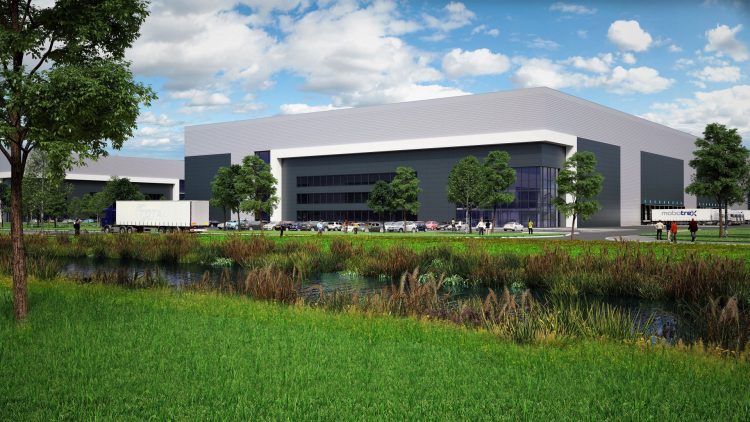
Mineworkers removed the last coal from the colliery in Newton-le-Willows in 1993 and now it is set to become a business hub employing up to 2,000 people. Tony McDonough reports

Planners have given its consent to a plan to transform Merseyside’s former Parkside Colliery into a manufacturing hub, offering potential for up to 2,000 jobs.
Mineworkers removed the last coal from the colliery in Newton-le-Willows in 1993 and now Parkside Regeneration, a joint venture between developers Langtree and St Helens Council, is aiming to create almost 1m sq ft of new business space at the site.
When fully operational, occupiers of the site are anticipated to generate £80m a year in economic activity and to pay more £2m a year in extra business rates to St Helens Council. The construction phase will also provide employment for more than 400 people.
St Helens Council planners have now approved the project. However, it will be referred to the Secretary of State for final approval before work can start.
John Downes, chairman of Parkside Regeneration, said: “It’s been a long road to arrive at this point and, of course, we’re very pleased that the council has acknowledged both the planning and socio-economic merits of our proposals. The scheme will now go before the Secretary of State for final approval.
“We would hope the government see as clearly as we do the scheme’s value in terms of job creation, the reuse of a key brownfield site and the work that we have been doing with our partners to ensure a job-ready local workforce that can benefit from the thousands of new positions the completed scheme will deliver.
The site has a very important history. Having started my working life at the colliery in 1976 I am well aware of the key local employment role it played, a place of hard work and community.
“If we are successful in achieving planning consent for the site now that it has been approved by St Helens Council then we will do everything possible to ensure that we try and respect the colliery’s heritage and to recreate its role as a key site providing strong local employment opportunities.”
In the 1950s the National Coal Board estimated there was 100m tonnes of coal reserves in six seams close to Newton-le-Willows. Work started in 1957 and the £13m colliery started producing coal in 1964.
At the height of production in the late 1970s and early 1980s Parkside was producing more than 830,000 tonnes of coal a year and employed over 1,700 people. About 60% of the coal went to power stations, especially Fiddlers Ferry, near Widnes.
